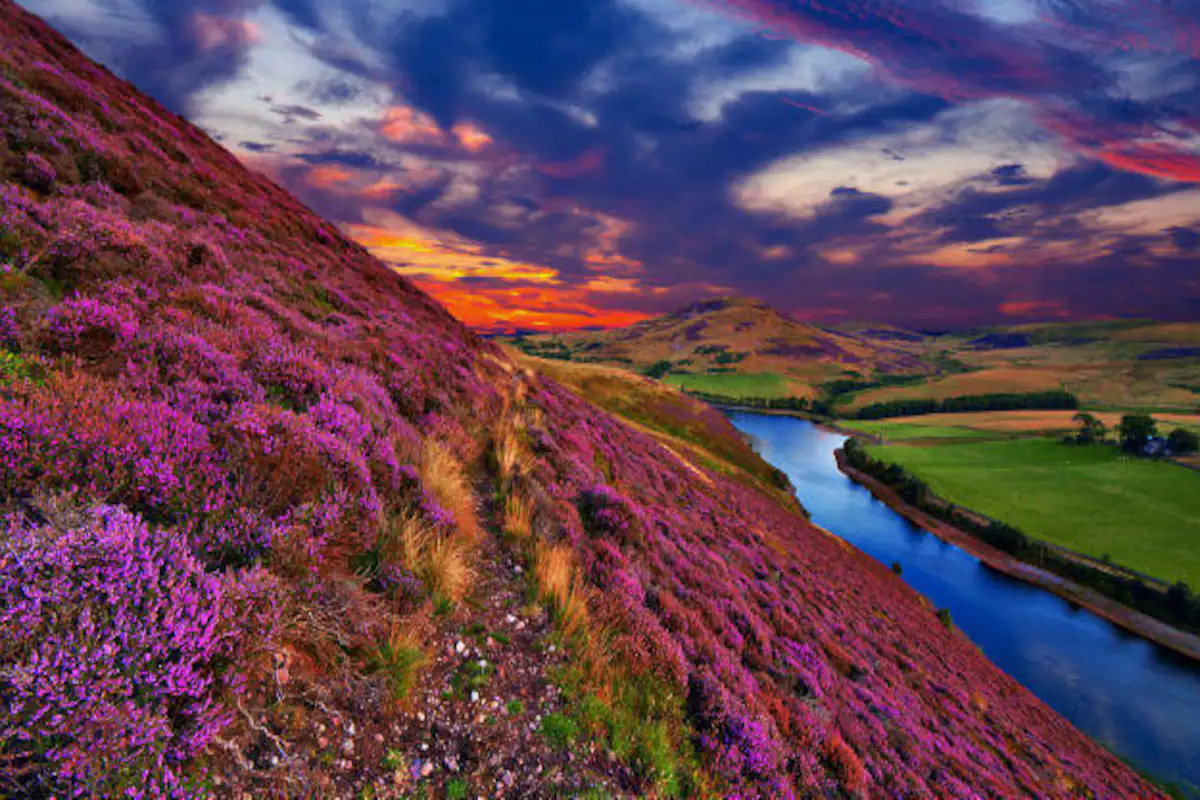Introduction
Nestled in the heart of the Himalayas, The Valley of Flowers Uttarakhand is a breathtaking natural wonder that has captivated the hearts of travelers and nature enthusiasts for centuries. This UNESCO World Heritage Site is renowned for its unparalleled beauty and vibrant floral displays, making it a must-visit destination for anyone seeking to immerse themselves in the splendor of the natural world.
History
The history of The Valley of Flowers Uttarakhand is as rich and diverse as its floral tapestry. Legend has it that the valley was discovered by British mountaineers in the 19th century, who were drawn to its stunning landscapes and unique biodiversity. However, local folklore suggests that the valley has been known to indigenous communities for centuries, revered for its spiritual significance and revered as a sacred place.
Location
Situated in the Chamoli district of Uttarakhand, India, The Valley of Flowers is nestled amidst the towering peaks of the Western Himalayas. Accessible only by foot, the valley is located at an altitude of over 3,500 meters above sea level, making it a challenging yet rewarding destination for trekkers and adventurers.
Biodiversity
One of the most remarkable aspects of The Valley of Flowers is its unparalleled biodiversity. Home to hundreds of species of flowering plants, including rare and endemic varieties, the valley is a botanical paradise unlike any other. In addition to its floral diversity, the valley is also home to a wide range of fauna, including endangered species such as the snow leopard and musk deer.
Trekking Routes
Exploring The Valley of Flowers is a once-in-a-lifetime experience that offers adventurers the opportunity to trek through some of the most stunning landscapes on Earth. There are several trekking routes that lead to the valley, each offering its own unique challenges and rewards. From gentle walks through lush meadows to rugged mountain trails, there is something for every level of hiker to enjoy.
Best Time to Visit
The best time to visit The Valley of Flowers is during the summer months of July and August, when the valley is in full bloom. During this time, the meadows come alive with a riot of colors as thousands of flowers burst into bloom, creating a mesmerizing spectacle that is not to be missed. However, it’s important to note that the valley is only accessible for a few months each year, as it is covered in snow for much of the year.
Conservation Efforts
Preserving the natural beauty and biodiversity of The Valley of Flowers is a top priority for conservationists and local authorities alike. In recent years, a number of initiatives have been launched to protect the valley from environmental degradation and ensure that future generations can continue to enjoy its splendor. These efforts include strict regulations on trekking and camping, as well as ongoing research into the valley’s ecology and conservation needs.
Photography Tips
Capturing the beauty of The Valley of Flowers on camera is a challenge that many photographers relish. From the vibrant colors of the flowers to the dramatic landscapes of the surrounding mountains, there is no shortage of stunning subjects to photograph. However, photographing in the valley can also present some unique challenges, including harsh sunlight and rapidly changing weather conditions. To make the most of your photography experience, be sure to pack plenty of extra batteries and memory cards, and don’t forget to take breaks to soak in the beauty of your surroundings.
Nearby Attractions
While The Valley of Flowers is undoubtedly the main attraction in this part of Uttarakhand, there are plenty of other places to explore in the area. Nearby attractions include the Hemkund Sahib Gurudwara, a sacred Sikh pilgrimage site located at an altitude of over 4,000 meters, and the picturesque town of Joshimath, which serves as a gateway to the nearby ski resort of Auli.
Accommodation Options
For those planning to visit The Valley of Flowers, there are a variety of accommodation options available in the surrounding area. From cozy guesthouses and homestays to more luxurious resorts, there is something to suit every budget and preference. However, it’s important to book your accommodation well in advance, especially during the peak summer months when the valley is at its busiest.
FAQs
- Is The Valley of Flowers Uttarakhand open year-round?
The Valley of Flowers is typically open to visitors from June to October each year, depending on weather conditions and snowfall. - Are there any restrictions on trekking in The Valley of Flowers?
Yes, visitors are required to obtain a permit from the Forest Department before entering the valley, and camping is only allowed in designated areas. - What is the best way to reach The Valley of Flowers?
The nearest town to The Valley of Flowers is Govindghat, which is well-connected by road to major cities like Rishikesh and Haridwar. From Govindghat, visitors can either trek to the valley or hire a mule or porter to carry their belongings. - Can I visit The Valley of Flowers independently, or do I need to join a guided tour?
While it is possible to visit The Valley of Flowers independently, many visitors choose to join a guided tour for convenience and safety reasons. - Are there any medical facilities available in The Valley of Flowers?
There are no medical facilities in The Valley of Flowers itself, so visitors are advised to bring any necessary medications with them and be prepared for emergencies. - What should I pack for a trip to The Valley of Flowers?
Essential items to pack for a trip to The Valley of Flowers include sturdy hiking boots, warm clothing, sunscreen, insect repellent, a first aid kit, and plenty of drinking water.


0 Comment